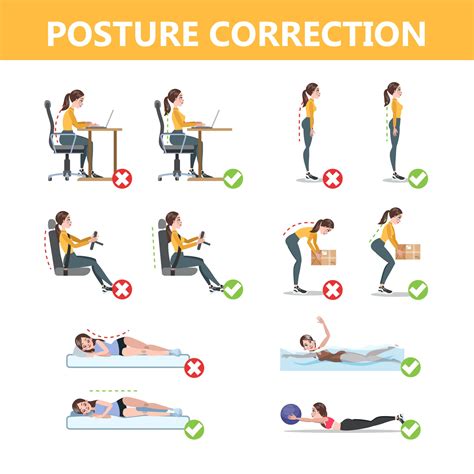Combatting Back Pain: Your Guide to Optimal Desk Posture
In our increasingly sedentary world, many of us spend hours glued to our desks. While technology connects us, it can also lead to a common ailment: persistent back pain. The good news is that much of this discomfort can be alleviated or prevented by simply adopting better desk posture and making a few ergonomic adjustments. Let’s delve into practical tips to transform your workspace into a pain-free zone.
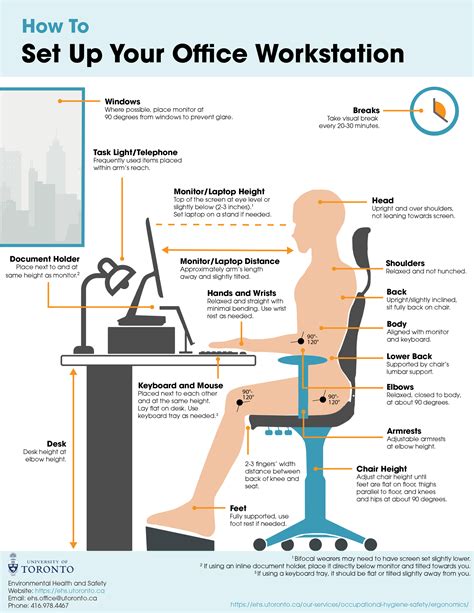
The Foundations of Good Sitting Posture
Achieving good posture isn’t about sitting rigidly; it’s about supporting your body in its natural alignment. Here are the key elements to consider from head to toe:
- Feet Flat on the Floor: Ensure your feet are firmly planted on the ground or a footrest, with your ankles in front of your knees. Avoid crossing your legs.
- Support Your Lower Back: Your chair should have lumbar support that follows the natural curve of your spine. If not, use a rolled-up towel or a lumbar cushion.
- Shoulders Relaxed and Back: Keep your shoulders relaxed and slightly back, avoiding hunching forward. Your elbows should be close to your body, forming an L-shape at a 90-100 degree angle.
- Wrists Straight: When typing, your wrists should be straight, not bent up or down. A wrist rest can help, but don’t rest your wrists while actively typing.
- Head and Neck Alignment: Your head should be balanced directly above your shoulders, not jutting forward. Avoid craning your neck to look at the screen.
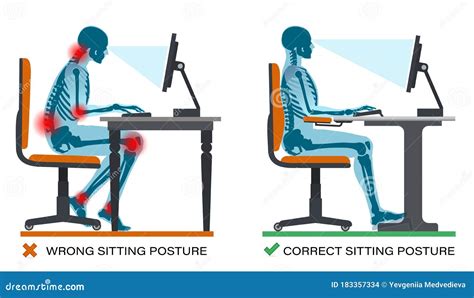
Ergonomic Adjustments for Your Workspace
Beyond how you sit, the setup of your desk plays a crucial role. Small changes can make a big difference.
Chair Adjustments
Your office chair is your most important tool for good posture. Adjust its height so your feet are flat and your knees are at a 90-degree angle. The backrest should support your lumbar curve, and armrests should allow your shoulders to remain relaxed, supporting your elbows at the correct angle without shrugging.
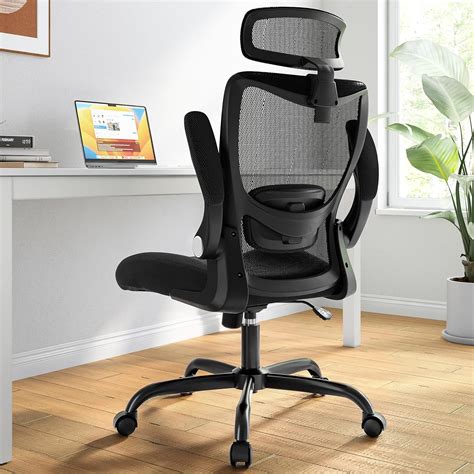
Monitor Placement
Position your monitor directly in front of you, about an arm’s length away. The top of the screen should be at or slightly below eye level. This prevents neck strain from looking up, down, or to the side. If you use multiple monitors, arrange them ergonomically to minimize head turning.
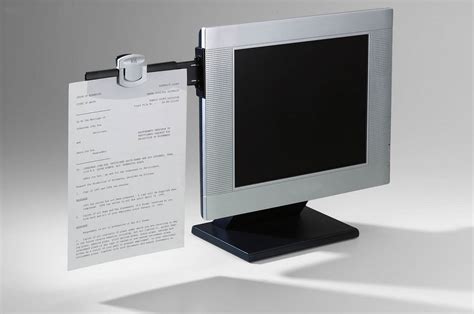
Keyboard and Mouse Positioning
Keep your keyboard and mouse close to your body to avoid reaching, which can strain your shoulders and wrists. Your keyboard should be flat or slightly negatively tilted to maintain straight wrists. Ensure your mouse fits comfortably in your hand and requires minimal effort to move.
The Importance of Movement and Breaks
Even with perfect posture, static sitting for prolonged periods is detrimental. Integrate regular movement into your workday:
- Stand Up Regularly: Aim to stand up and move around every 30-60 minutes. Consider a standing desk or simply take a short walk.
- Stretch: Gentle stretches for your neck, shoulders, back, and wrists can relieve tension and improve circulation.
- Micro-Breaks: Look away from your screen every 20 minutes for 20 seconds at something 20 feet away to reduce eye strain.
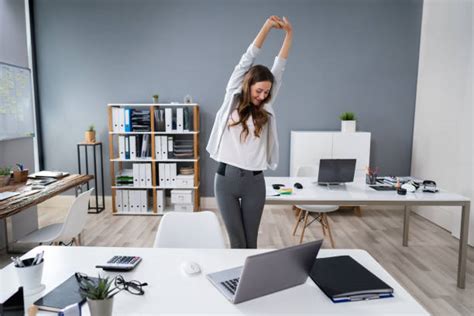
Long-Term Benefits of Good Posture
Adopting these habits may take conscious effort initially, but the benefits are well worth it. Beyond significant reductions in back and neck pain, you’ll likely experience increased comfort, improved focus, and enhanced overall well-being. Good posture also contributes to better breathing, digestion, and a more confident appearance.
Conclusion
Your desk doesn’t have to be a source of pain. By understanding the principles of good posture, making smart ergonomic adjustments, and incorporating regular movement, you can create a healthier and more productive workspace. Listen to your body, make these changes gradually, and enjoy a significant reduction in desk-related back pain.
